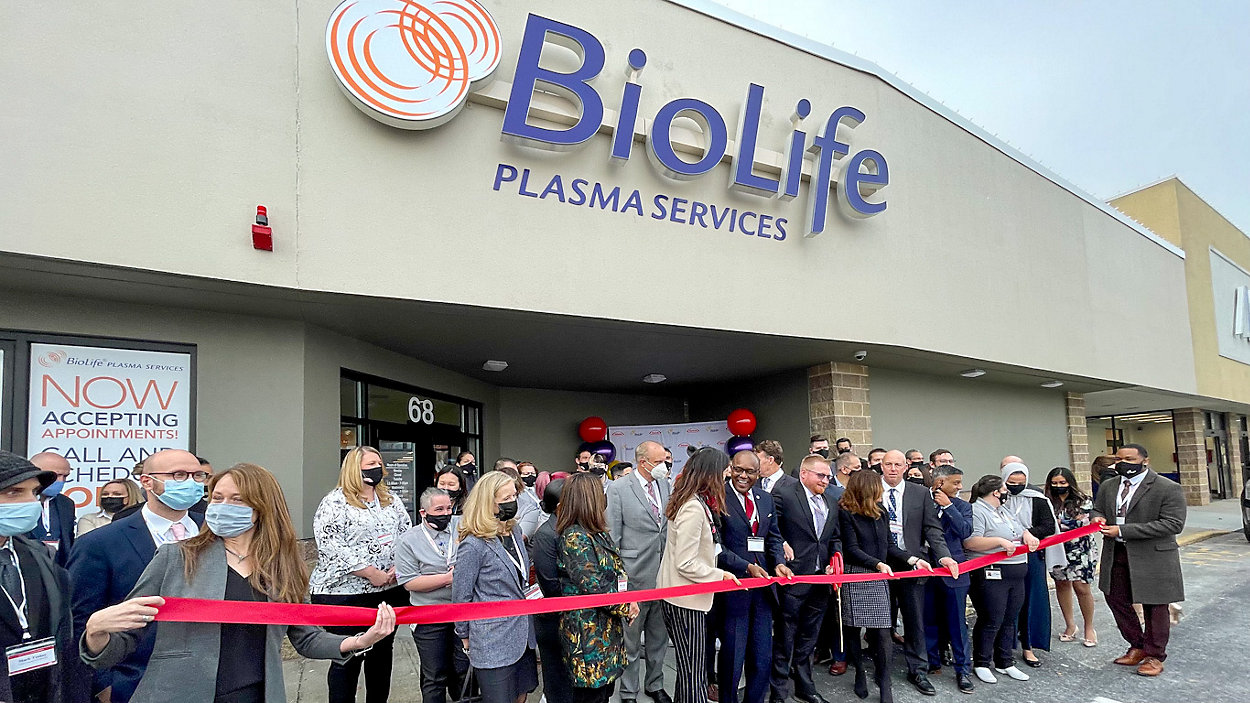
Plasma donation plays a crucial role in modern medicine, providing life-saving treatments for a variety of medical conditions. BioLife Plasma Services is a key player in this field, known for its commitment to quality and safety in plasma collection. In this article, we will explore the significance of plasma donation, the process involved at BioLife, the benefits of donating plasma, and the broader impact on healthcare.
What is Plasma and Why is it Important?
Plasma is the liquid component of blood, accounting for about 55% of its overall content. It is primarily composed of water, electrolytes, proteins, hormones, and waste products. Plasma serves several vital functions in the body, including:
- Transporting Nutrients: Plasma carries nutrients and oxygen to cells throughout the body and removes waste products.
- Regulating Blood Pressure: The proteins in plasma help maintain blood volume and pressure.
- Immune Response: Plasma contains antibodies that are essential for the immune system’s function, helping the body fight off infections.
- Clotting Mechanisms: Proteins in plasma, such as fibrinogen, play a critical role in blood clotting, preventing excessive bleeding during injuries.
Due to these essential functions, plasma is indispensable for treating various medical conditions, including clotting disorders, liver disease, and immune deficiencies.
Understanding Plasma Donation
Plasma donation involves a process called plasmapheresis, which separates plasma from other blood components. Here’s a step-by-step overview of how the donation process typically works at BioLife:
1. Screening and Registration
Before donating, potential donors must complete a screening process to ensure their eligibility. This includes:
- Filling out a health questionnaire
- Undergoing a physical examination
- Providing a detailed medical history
2. The Donation Process
Once cleared to donate, the actual plasmapheresis process takes place:
- Blood Collection: A sterile needle is inserted into a vein, usually in the arm. Blood is drawn into a machine that separates plasma from red blood cells, white blood cells, and platelets.
- Return of Blood Components: After separation, the remaining blood components are returned to the donor’s body through the same needle, ensuring minimal discomfort.
3. Duration and Frequency
The entire donation process typically takes about 1 to 2 hours. Donors can usually give plasma once every 28 days, allowing for regular contributions without negatively affecting their health.
The Benefits of Donating Plasma
Donating plasma offers numerous benefits, both to the donor and the broader community:
1. Helping Those in Need
Plasma donations are vital for producing therapies that treat various diseases, including:
- Hemophilia: Patients with this bleeding disorder rely on clotting factor concentrates derived from plasma.
- Immune Deficiencies: Plasma-derived immunoglobulins are used to treat patients with weakened immune systems.
- Burn and Trauma Patients: Plasma products are critical in managing severe injuries, providing essential proteins for healing.
2. Health Benefits for Donors
While the primary purpose of plasma donation is to help others, donors can also experience several health benefits:
- Regular Health Check-ups: The screening process ensures that donors are aware of their health status.
- Increased Iron Levels: Regular donation can help maintain healthy iron levels in the blood.
- Sense of Fulfillment: Many donors report a strong sense of satisfaction from knowing they are making a difference in someone’s life.
3. Community Impact
Plasma donation centers like BioLife play a crucial role in ensuring that hospitals and clinics have a steady supply of plasma-derived therapies. This community effort not only saves lives but also contributes to the overall health of society.
BioLife Plasma Services: A Leader in Plasma Donation
BioLife Plasma Services has established itself as a trusted name in the plasma donation industry. Here’s what sets BioLife apart:
1. Commitment to Quality and Safety
BioLife prioritizes the safety of both donors and patients. They adhere to stringent quality standards set by regulatory bodies, ensuring that all plasma collected is thoroughly tested and processed. The facilities are equipped with advanced technology to monitor the donation process, ensuring donor comfort and safety.
2. Donor-Centric Approach
BioLife recognizes the importance of donor satisfaction and has implemented several initiatives to make the donation experience as pleasant as possible:
- Flexible Donation Hours: Many BioLife centers offer extended hours to accommodate donors’ schedules.
- Comfortable Environment: Donors are provided with a comfortable space to relax during the donation process, including reclining chairs and entertainment options.
- Compensation for Donations: To encourage regular donations, BioLife offers compensation, which can help support donors financially while they contribute to a worthy cause.
3. Community Engagement
BioLife actively engages with the communities it serves, participating in local events and initiatives that promote health and wellness. Their commitment to community outreach ensures that more people are aware of the importance of plasma donation.
Myths and Misconceptions About Plasma Donation
Despite the critical importance of plasma donation, several myths and misconceptions persist, which can deter potential donors. Here are some common myths debunked:
Myth 1: Plasma Donation is Painful
While any medical procedure can cause some discomfort, most donors report minimal pain during the donation process. The needles used are small, and many centers take steps to ensure donor comfort.
Myth 2: Donating Plasma is Harmful to Health
When done in a regulated environment like BioLife Plasma donation is safe for healthy individuals. Donors are thoroughly screened to ensure their health and well-being.
Myth 3: Plasma Can Only Be Donated Once
Unlike whole blood donation, plasma can be donated more frequently. Healthy individuals can donate plasma every 28 days, providing a more sustainable source of life-saving products.
The Future of Plasma Donation
As medical technology advances, the demand for plasma-derived therapies is expected to grow. Innovations in collection methods, processing, and testing will continue to improve the efficiency and safety of plasma donation. Organizations like BioLife will play a pivotal role in meeting this demand, ensuring that patients receive the critical treatments they need.
Conclusion
BioLife Plasma Services is at the forefront of the plasma donation movement, providing essential resources to help those in need. By understanding the importance of plasma and the process involved in donation, more individuals can be encouraged to participate. The act of donating plasma is not only a selfless contribution to society but also an opportunity for individuals to positively impact the lives of others. If you’re considering becoming a plasma donor, visit your local BioLife center to learn more about the process and how you can make a difference in your community.
Plasma donation is indeed a lifeline for many, and with the continued support of generous donors, the future looks bright for plasma therapies and the patients who rely on them.








